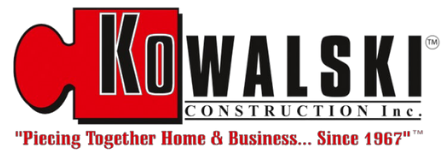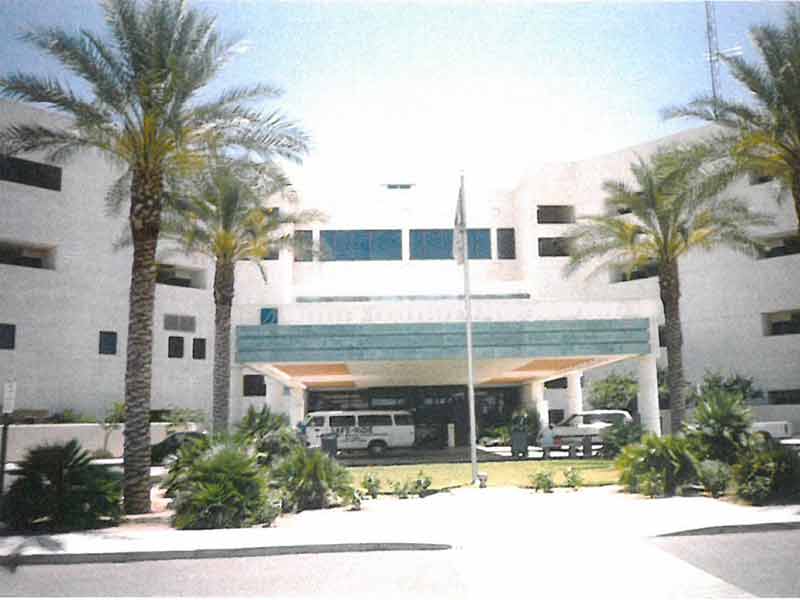Regional Hospital Sewage Flood
Damages
The Sterile Processing Department (SPD) in a large Regional Hospital suffered a raw sewage flood. Conditions required us to work around the clock and the hospitals busy schedule while maintaining Hospital Room sterilization. In addition to the contamination, asbestos was found in the building materials requiring simultaneous abatement.
Challenges and Solutions
We had to work around a full surgical schedule with the pressure of knowing a single day out of commission would cost several hundred thousand dollars in lost revenue. Having the same sterile requirements of an operating room required complete disinfection twice daily.
Due to the magnitude of the damage incurred, the insurance company brought in their Regional General Adjuster after the first Adjuster they sent realized that it was too large and sensitive of a situation and was beyond his authority.
The 5500 sf. SPD area has the same sterile requirements as an operating room and is used to clean, sterilize and store surgical instruments and supplies. The SPD area includes the decontamination area where surgical instruments are placed after surgeries are performed. The instruments are then cleaned, sterilized and then stored for re-use with all the other surgical supplies. Airborne and swab samples collected throughout the SPD area showed the presence of bacterial and fungal organisms. Industrial Hygienist tests confirmed the bacteria to be fecal streptococcus and escherichia coli, and the with surface fungi presence found on the drywall, wall cavities and under the sheet vinyl flooring of stachybotrys cohidi aspergillus species, cladosporium and penicillium to name a few. Further tests indicated the sheet vinyl flooring contained asbestos which had to be abated in compliance with all OSHA and EPA regulations.
Results
In order to keeps the department functioning to its fullest capacity, the SPD area had to be completely disinfected twice a day by using biocides and germicides, which reduced the level of contamination to a safe working environment acceptable by the hygienist who was constantly monitoring the conditions. Since the hospital did not use the surgical department on Fridays or weekends, we created a plan to begin work on Friday morning at 8:00 am & work around the clock until Sunday to 12:00 midnight for the permanent repairs to avoid disruption of service. We accomplished this by moving the contents out Friday morning and performing the asbestos and microbial abatement then encapsulating the contaminated areas. The damaged drywall would be replaced, new flooring installed and painting performed at nights between 8:00 pm until the next morning. To avoid any unexpected delays, we had an electrician and plumber on site at all times for when they might be needed.
The plan worked! The SPD room was ready for use Monday morning. Even though the cost for our work was $190,589.90 the claim could have been substantially higher. With the Insurance Company responsible for hundreds of thousands of dollars in lost revenue for each and every single day the surgical department was closed everyone was pleased that the Medical Center did not have to reschedule even one single surgery due to the loss.















